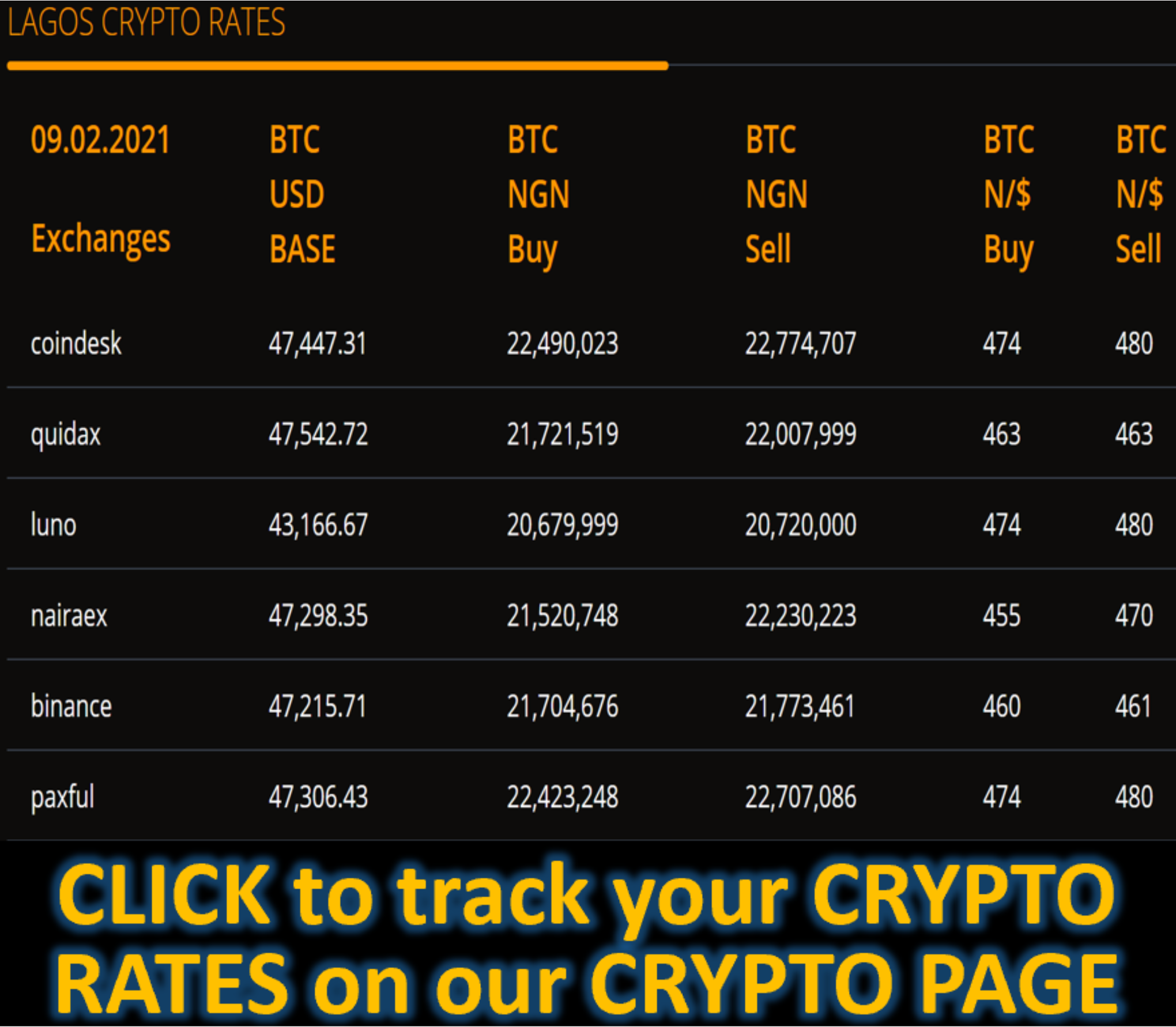Market News
China ramps up cash injection as it braces for tariff impact - BLOOMBERG
(Bloomberg) — China’s central bank is boosting cash injection via one of its policy tools as it seeks to safeguard the world’s second-largest economy from the impact of punitive US tariffs.
The People’s Bank of China (3988.HK) will conduct 600 billion yuan ($82.3 billion) of one-year medium-term lending facility on Friday to maintain ample liquidity in the banking system, it said in a statement on Thursday. This will result in a net cash injection of 500 billion yuan via this tool in April, the largest since December 2023, according to Bloomberg calculations.
“The operation unleashes a signal of supportive monetary policy stance” as the economy embraces challenges in the trade environment, said Wang Qing, chief macro analyst at Golden Credit Rating. “This is also to ensure liquidity conditions remain ample when the government’s fundraising via special government debt issuances gathers pace.”
Investors have been calling for further policy easing from the PBOC with the economy facing headwinds from US tariffs as high as 145%. The latest bout of liquidity injection can help smooth over increased demand for cash during holidays in early May while supporting the issuance of special government bonds which kicked off this week.

The PBOC revamped its method for pricing the MLF last month, to allow banks to bid for the loan at different prices. The central bank has stopped releasing the cost of the one-year loans as it overhauls its rate system to prioritize short-term rates, as it seeks to implement a moderately loose monetary policy to support the economy.
The increase in cash injection via MLF was unexpected as the central bank has been downplaying the role of this tool for months, while replacing some of the maturing MLF with 3- or 6-month outright reverse repurchase agreements.
This month 1.7 trillion yuan of outright reverse repurchase agreements come due, the largest monthly maturity since the central bank launched the liquidity instrument in October, according to Bloomberg calculations. The central bank is expected to announce its April operation for the tool at month-end.
“A larger injection through MLF may offset the maturity pressure of outright reverse repos this month,” said Ming Ming, chief economist at Citic Securities.
It may also reduce the urgency for a reduction in banks’ reserve requirement ratio, he said, adding that “while the policy significance of MLF has decreased, it remains a useful tool for the PBOC to inject longer-term liquidity.”









